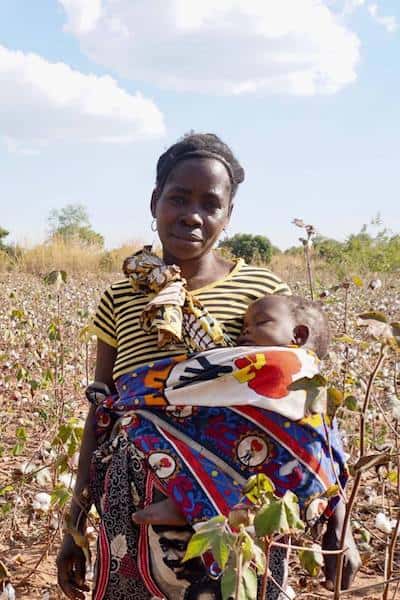Financial Inclusion is Failing Farmers: How the Sector Can Finally Reach the $200 Billion Smallholder Market
The financial inclusion sector is failing to meet the needs of its largest base of potential new customers, and a lack of information on how to offer it services is a major cause.
Smallholder farmers represent the single biggest new market segment for the financial services industry, with 450 million farmers supporting about 2 billion people within their households worldwide. Yet financing available to farmers lags behind the need, which is estimated in excess of $200 billion for Latin America, sub-Saharan Africa and South and Southeast Asia, according to research co-authored by the Initiative for Smallholder Finance and Rural and Agricultural Finance (RAF) Learning Lab.
In all probability, no other industry in the world would ignore a $200 billion market clamoring for its services. So why isn’t the financial inclusion sector addressing the needs of smallholders? One major reason is a lack of information available in agricultural finance.
It’s understandably difficult to access the information necessary to evaluate risks and tailor loan terms for farmers. Service providers face high resource constraints against developing and deploying financial products specifically for them. While there are institutions already reaching underserved market segments, models that require regular repayments are hard to apply to smallholders because of their uneven cash flows. Farmers need money for inputs like seeds and fertilizer at the beginning of the planting season, and then have lumpy revenue streams on through harvest. They also require cash for household expenses and school fees throughout the year when liquidity is low. Smallholders’ lack of credit history, means of collateral and remote locations far from urban centers also make lending difficult.
New Solutions
For the past year, MIX and One Acre Fund have been working to address these risks and information gaps, with the hope of catalyzing the development of more financial products for smallholders. We’ve interviewed dozens of practitioners with new and ambitious approaches and we’ve learned a lot about the work already being done in many farming communities.
One example is Lamac Multi-Purpose Cooperative (LMPC), a 50,000-member cooperative in the Philippines that’s providing dairy and horticulture farmers with financing and support all along the production chain. Another is the Initiatives for Development Foundation in India, which is liaising between commercial banks and farmers’ groups. The foundation offers innovative technical training to help smallholders make the most of their credit. There are also some organizations with high-level views producing valuable research on tackling the sector’s financing and information gaps, including the Council on Smallholder Agricultural Finance, the Initiative for Smallholder Finance and others.
Many financial institutions and the industry as a whole could benefit from these and other organizations’ lessons, yet the flow of knowledge remains limited. Without a means of collating, analyzing and sharing product research, they often remain out of reach for time- or resource-poor financial practitioners. We’ve also learned from our interviews that many funding institutions want to support the development of finance products for smallholders, but they face challenges identifying service providers with robust product offerings.
To address these knowledge gaps, MIX and One Acre Fund are excited to announce that we’re building a new, centralized directory where the industry can, for the first time, access operationally useful information on existing smallholder finance products, all in one place. Our intention is to make this information accessible and practical in order to inspire the creation of new products and the improvement of existing ones. We believe this unique wealth of data, and the insights that can come from it, will enable financial inclusion practitioners and funders to learn from one another much easier than ever before. This can catalyze the development of impactful smallholder finance products across hundreds of financial service providers.
We’re planning to release more details about this resource in the next few months, but our hope is to create an easily accessible structure that will bring insights, efficiency and growth to the space, similar to what MIX helped to achieve during the early days of financial inclusion.
Smallholder finance remains the frontier of the financial inclusion sector, and it’s clear that both the needs and potential opportunities are huge. Any move to increase the flow of knowledge would be a step forward and a benefit to the entire sector – service providers, funders and farmers alike. We hope that the industry can work together to improve the flow of information, and ultimately the flow of funds into the hands of farmers.
Blaine Stephens is the chief operations officer at MIX, a nonprofit that provides data, analytics and insights to empower decision makers to build an inclusive financial services ecosystem. Mike Warmington is a microfinance partnerships director with One Acre Fund, a nonprofit social enterprise that works with more than 500,000 smallholder farmers in sub-Saharan Africa to eradicate hunger and build paths to prosperity.
Photo courtesy of Nick Palmer CIAT via Flickr
- Categories
- Agriculture, Social Enterprise



